The Center for the Promotion of Science
Venue
University of Belgrade Faculty of Philosophy,
Čika-Ljubina 18-20, Beograd 11000
Start/End date
October 10th to December 10th
Technology family + subfamily
XR – NLP (Art/Creativity)
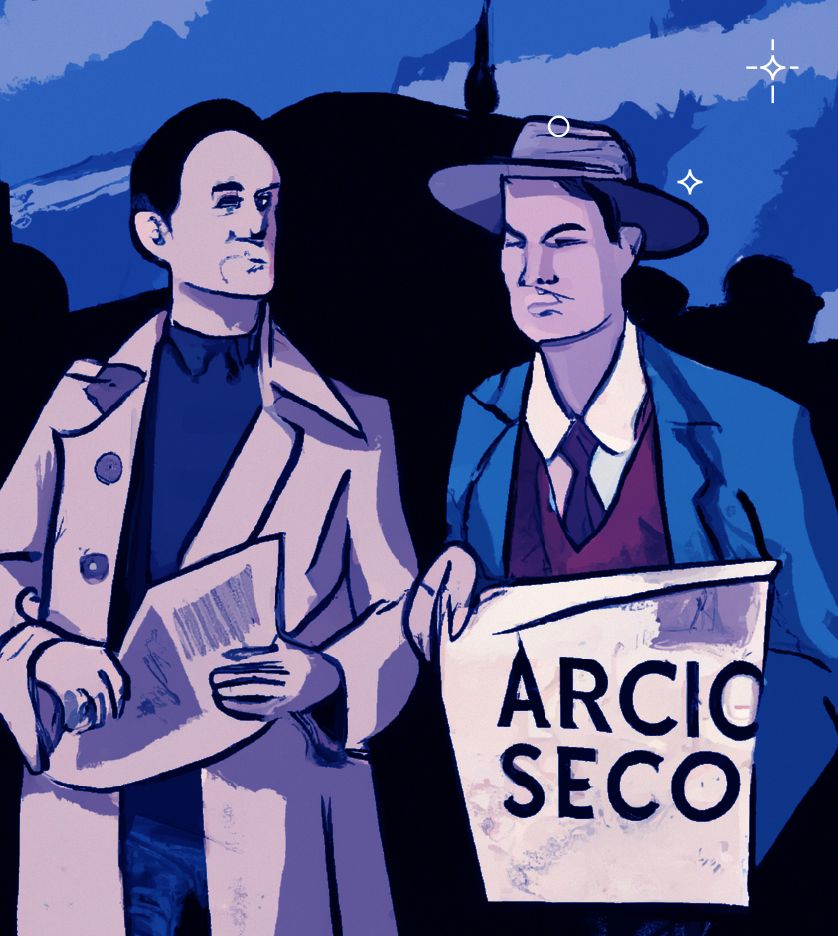
About the project
Two screens. One shows general information about the project, the chosen technology (NLP) and the ethical challenges. The second screen shows the local content.
Ethical Challenges of Local Time Travelers
Rastko Petrović and Sava Šumanović, due to circumstances (and a time machine), ended up in the year 2023. In an art gallery in Belgrade, they found themselves at the center of a debate about art and artificial intelligence. They meet a young artist who claims to have discovered a lost painting by a famous painter, though many suspect it is a work of artificial intelligence. While Sava inspects the technical elements of the painting, Rastko distracts visitors with a challenge of two poems – one authentic, the other created by artificial intelligence. The visitors managed to identify which poem and which painting were authentic. Despite this, Rastko and Sava felt that artificial art can be just as impressive as the real thing. After this adventure, they became the first detectives to travel through time, uncovering forgeries and raising questions about the nature of art, authenticity, and the ethical challenges of different technologies.
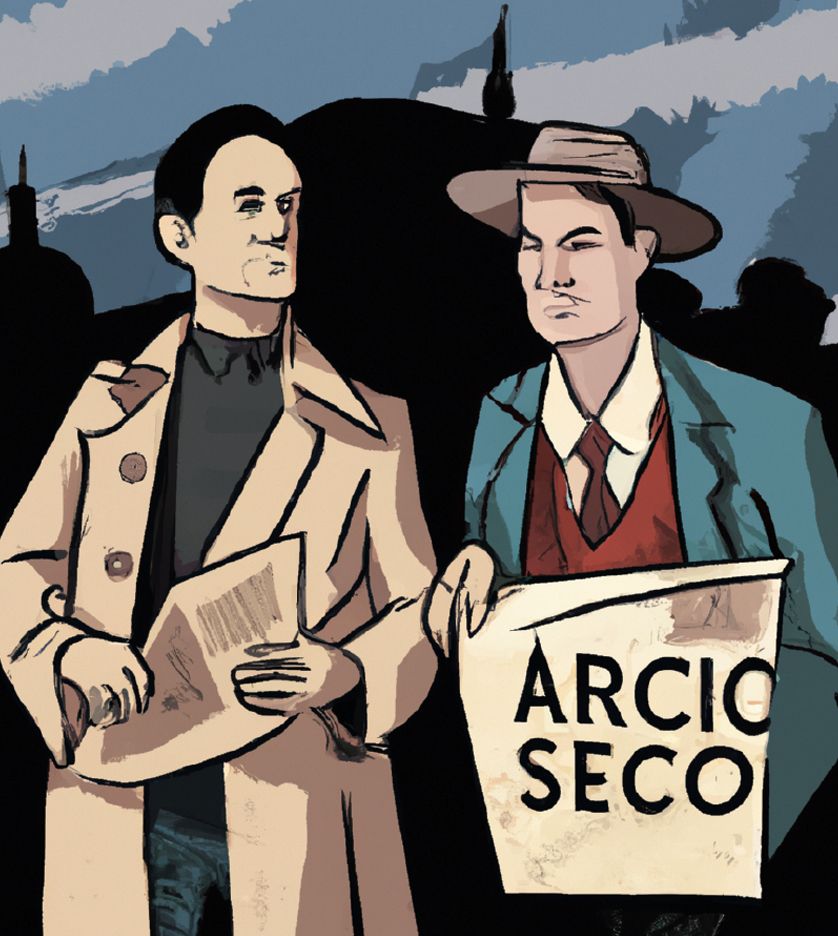
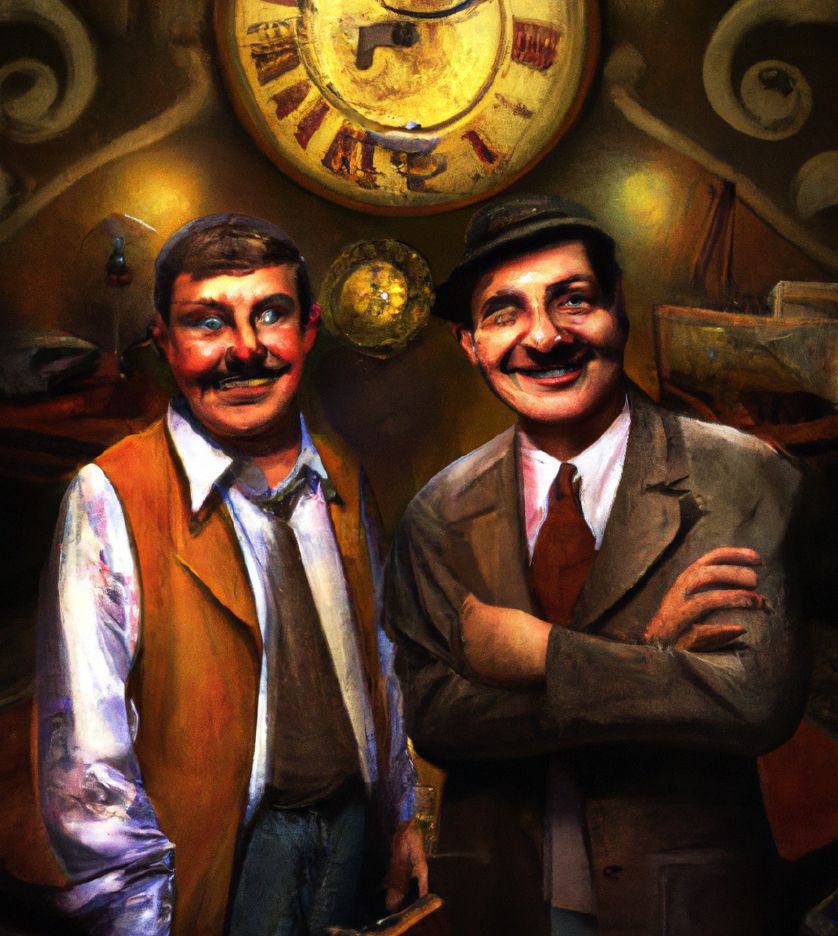
General-Local
Engaging with local artists offers an opportunity to deeply understand the ways in which new technological tools and their ethical challenges shape the culture of a society. Art, as a reflection of our culture, through the works of local authors, can shed light on dilemmas related to artificial intelligence. Through the story of Rastko, Sava, and Marko, we can almost directly witness the clash between traditional and digitally created art, posing questions about authenticity and value. This local story symbolizes a global challenge – how technology changes the perception of reality while simultaneously struggling to preserve cultural heritage. By considering specific cultural contexts, we can better understand the universal themes concerning ethical dilemmas of the new age.
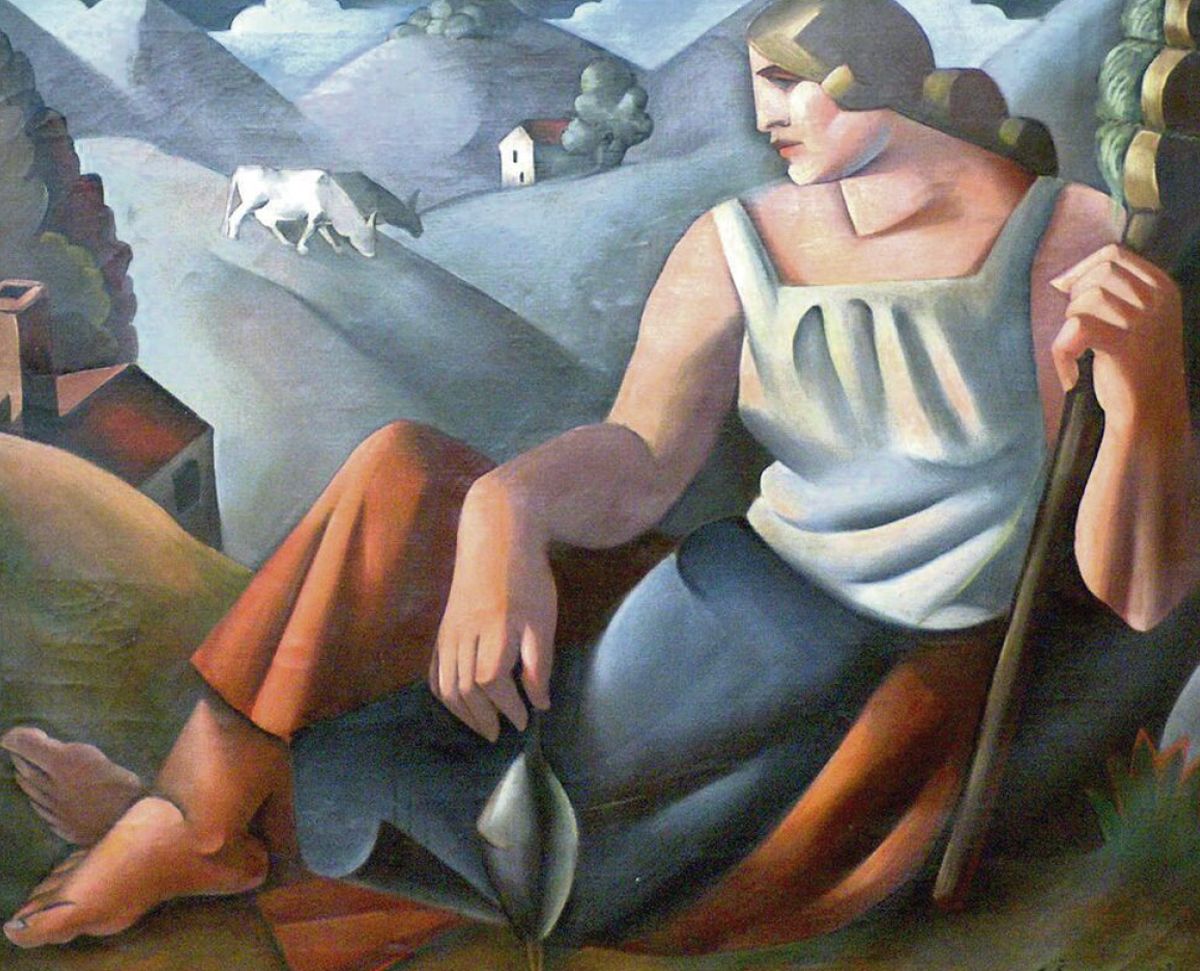
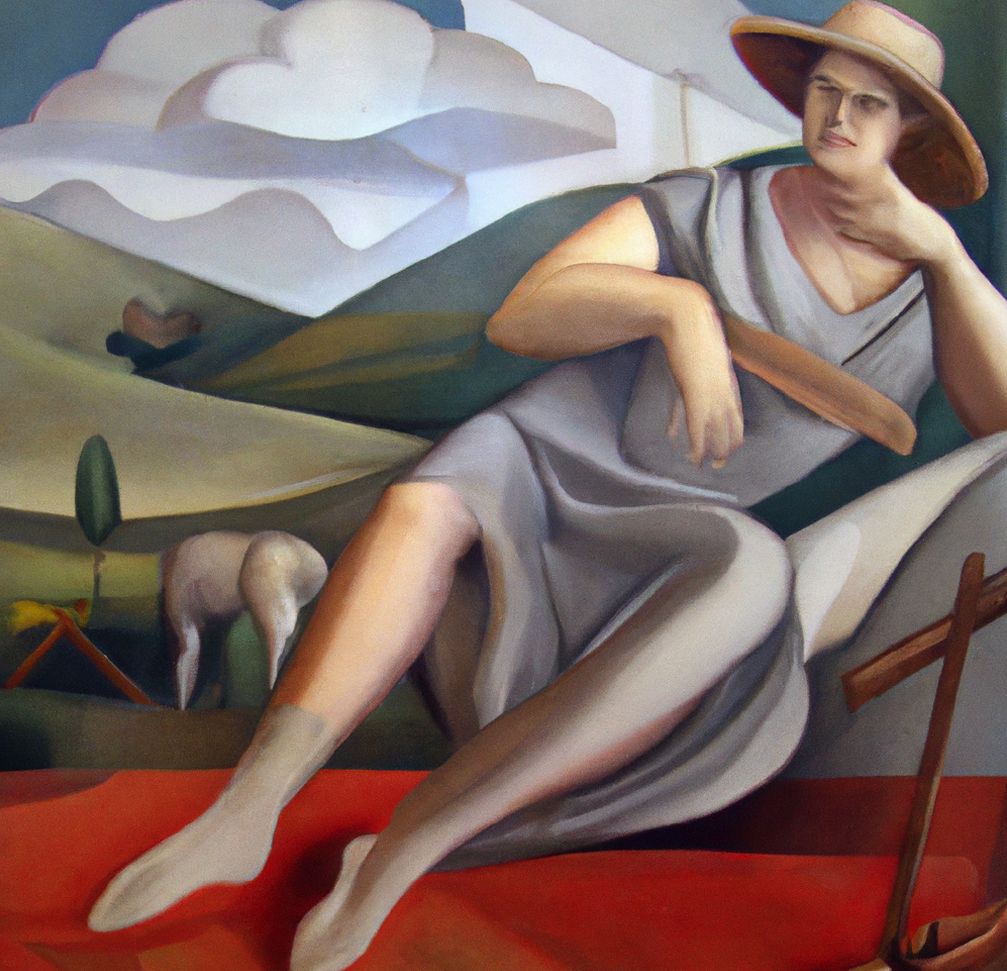
Time Machine of Ethical Challenges
One of our most renowned and greatest painters, Sava Šumanović, was convinced that neither is man an experiment, nor is a mechanical piece some kind of illustration of an artist’s feelings and moods, and even less a fragment from the vast construction of the universe. A painting is, above all, an experience that occurred beyond the rules by which our solar system operates, hence for him, it’s merely an adventure, because once captured, the most significant moment of the general movement in nature is used to fertilize a new reality: one of the many possibilities of a world parallel to this one.
Perhaps this is truly the case, or maybe this is how the writer Rastko Petrović wrote about the painter and his friend Sava Šumanović in 1921. Six years later, in Paris, Sava Šumanović would paint one of his most famous works, Drunken Boat, inspired by the poem of the same name by Arthur Rimbaud, which he heard from his friend Rastko Petrović. With deteriorating health and mental weakness, contrasting feelings and moods, in the following years, the painter would write to his friend, portraying circumstances and his portrait in an entirely different way.
Anyway, a curious time traveler from 2348 decided to conduct a little experiment. While leafing through the dusty pages of former history, he came across correspondence on the Aesthetics of the Too Real in new art, between Sava Šumanović and Rastko Petrović. The time traveler was intrigued by Sava’s critique of mechanical works, wondering what these paintings as “experiences” were like since in the time traveler’s 24th century, only mechanical paintings were known. Promptly, our man from the future created a rift in the space-time continuum, picked up Sava and Rastko, and left them stranded in the year 2023. This year was known to the time traveler as the beginning of the History of Artificial Art. The traveler wanted to see how the two artists would understand the art of new technologies. Would they change their views, or become even more firmly entrenched in them? And, in the end, would they have any fun at all?
However, in this unusual time swing, two artists, the poet Rastko Petrović and the painter Sava Šumanović, found themselves in the future. They were perplexed but fascinated by the world that unfolded before them. They discovered technology that allowed them to modify their works and play with them in ways they never thought possible.
Rastko was intrigued by none other than Chat GPT. With the help of this technological marvel, he was able to create replicas of his poems, adding his input in the form of impressions, jokes, sarcastic remarks, and critiques of the society he found himself in (as well as the one he came from). In the blink of an eye, new poems were born, reflecting his style, but also standing unique. It felt as though he had a new partner in creation, a co-author. However, he felt unease. He pondered – What if this undermines human creativity? What if people begin using this as a means to devalue authentic art?
Sava, on the other hand, was engrossed with AI systems like Midjourney, Blue Willow, and DALL-e. He inputted motifs from his renowned paintings, watching similar replicas be born or modifying them according to his interests to points where amusement almost turned discomforting. It was as if he was painting with someone who understood his style perfectly, as if Rastko were a painter. Yet, he too felt unease. He questioned: How do we maintain authenticity? Will people stop valuing genuine paintings when they can easily replicate and alter them?
Traveling through time was not merely a game. The artists were conscious of the ethical challenges surrounding them. They raised questions about dignity, autonomy, responsibility, and the preservation of cultural differences. They discussed the possibility of digital replicas mimicking the speech and language of deceased individuals. Would this aid in alleviating grief or would it harm their dignity? Rastko and Sava wondered if it would be right to create a digital replica of Arthur Rimbaud. On one hand, they would have many questions to ask him, but on the other, they deeply respect him and are uncertain if such a creation would tarnish the dignity of their beloved poet. They deliberated on who should be responsible when NLP applications go awry, and how to ensure that people understand they are communicating with a machine, not a human. Additional aesthetic discussions, perhaps? They realized their exchanges couldn’t just remain between the two of them; they had to share their concerns with the world.
Disoriented in a foreign time and wandering through Belgrade, Rastko and Sava decided to visit a contemporary art gallery. The gallery was bustling with visitors, with the main attraction being an exhibition titled Boundaries of Reality: Artificial Intelligence in Art. Participants of the exhibition came from diverse backgrounds – they were artists, scientists, and even educators. They quickly realized they were in the center of an intriguing mystery. An artist named Marko claimed to have discovered a lost painting by a famous painter, but many wondered if it was just a masterful copy made using artificial intelligence. To resolve this conundrum, Rastko, being a literature expert, decided to distract the audience by posing an even more intriguing challenge. He presented them with two poems – one penned by Branko Radičević and the other generated by ChatGPT. It was up to the visitors to decide which was genuine and which wasn’t. While the audience pondered over the poems, Sava used his knowledge of painting techniques to examine the painting. He discovered that the painting was indeed a digital creation, but with specific details that mimicked the technique of old masters. Sava approached Rastko with a broad smile on his face. “Most visitors recognized the real poem,” he said, “but what’s interesting is many said they preferred the one crafted by artificial intelligence.” “Intriguing,” responded Rastko. “The painting is indeed made with AI, but with such skill that it’s almost impossible to distinguish it from a real one.” Both realized how thin the line was between genuine and artificially created art. They engaged in a conversation with Marko, who confessed he wanted to showcase the power of technology, but also to raise the question of what truly makes a piece of art authentic.
Rastko and Sava’s journey through time was incredibly fun but also ethically challenging. They played with their own and others’ works in ways that were unimaginable in their time. They even became detectives specialized in forgeries in art and literature. However, they couldn’t ignore the tough questions that trailed them. Seeing their confusion, the time-traveler decided to return them to their era, where our protagonists, with a newfound understanding and respect for art and technology, realized that every game brings its own challenges and responsibilities. They remained in constant dialogue with the journey they had returned from, striving to understand how to preserve humanity and authenticity in a rapidly changing world. Only then did they realize that all around them were indications that the 21st century would unfold just as they had witnessed. They knew the future was open to possibilities, but also to dilemmas that needed careful consideration.